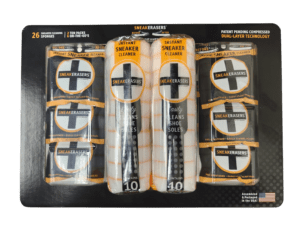Home » Blister Packs vs. Other Packaging Options: A Comparative Analysis
Blister Packs vs. Other Packaging Options: A Comparative Analysis
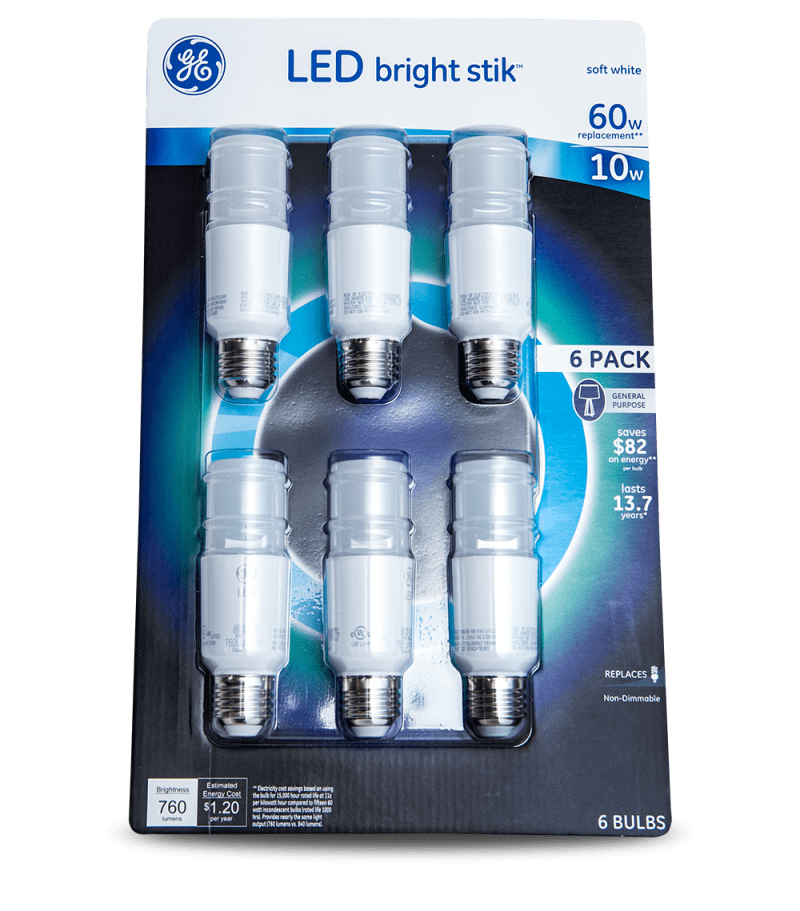
In the world of packaging, different products require different packaging solutions. With myriad options available today, companies can be selective about which suits their needs best. One prominent packaging option used across industries is blister packaging. Yet, how does blister packaging stack up against other packaging types? This blog post aims to provide a comprehensive analysis of blister packs in comparison to other prevalent packaging options.
Understanding Blister Packs
Blister packs, or clamshell packages, are pre-formed plastic packages mainly used for small consumer goods, pharmaceuticals, and medical devices. They have two main components – the cavity or pocket made from a formable web, usually plastic, and the lid, made from a lidding seal, generally aluminum foil, chipboard, corrugated or plastic.
Advantages of Blister Packs
- Product Visibility: Blister packs allow consumers to visually examine the product without opening the packaging. This feature can be crucial for products where design, color, or size matters to the consumer.
- Tamper Evident: Blister packs are designed to show clear signs of tampering, enhancing consumer trust.
- Protection: They provide robust protection from moisture, light, and oxygen, preserving the product’s quality.
- Cost-effective: Blister packs can be more affordable compared to other packaging options.
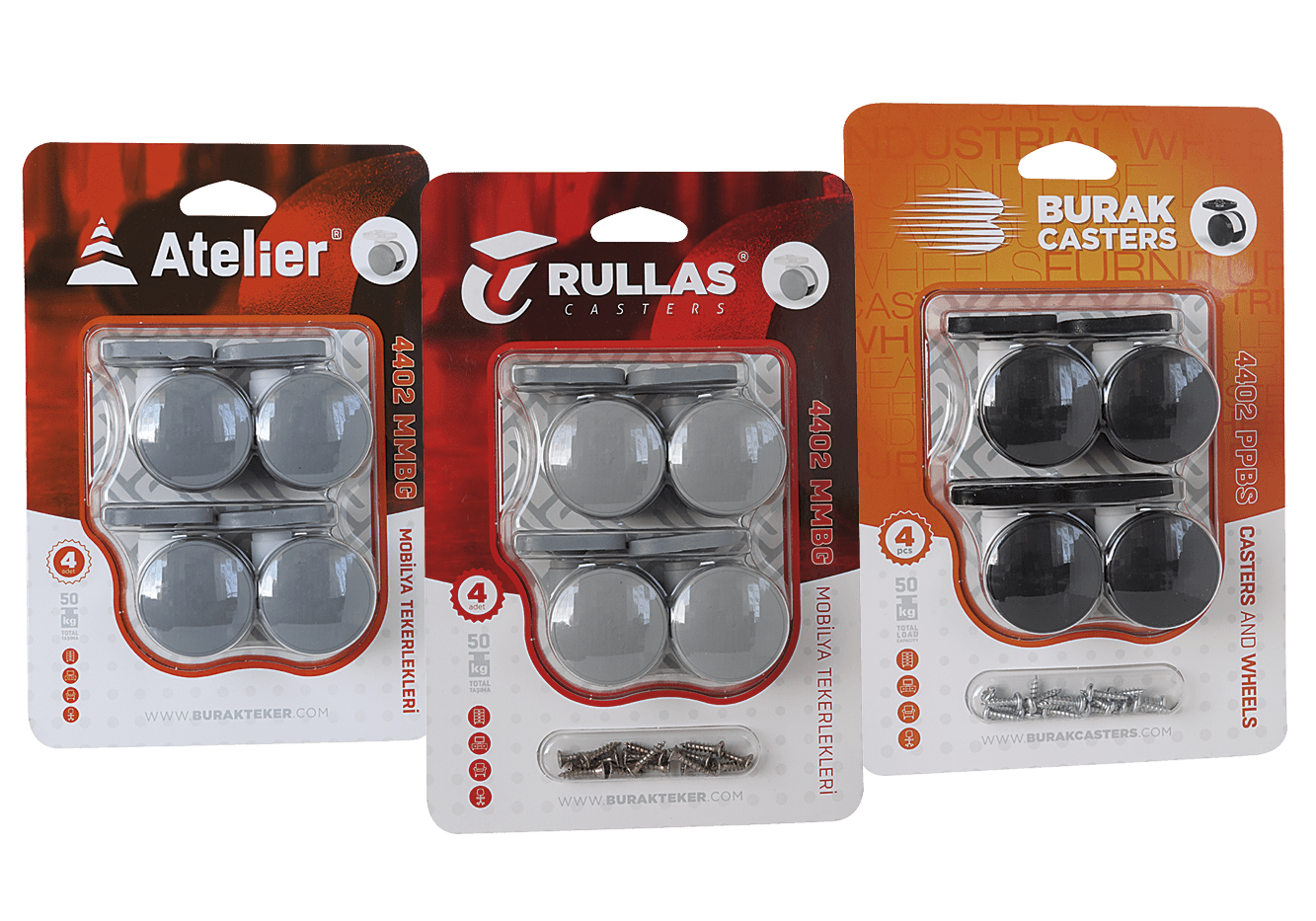
Other Packaging Options
Bottles & Jars
These types of packaging are commonly used for beverages, pharmaceuticals, cosmetics, and food items.
Advantages of Bottles & Jars
- Reusable: Unlike blister packs, bottles and jars can be reused, offering a sustainable alternative.
- Aesthetics: With options for material and shape customization, bottles and jars can enhance a product’s aesthetic appeal.
- Serving Size Flexibility: They offer more flexibility in terms of serving size, particularly important in the food and beverage industry.
Pouches & Bags
Flexible packaging like pouches and bags is gaining popularity due to its lightweight nature and convenience.
Advantages of Pouches & Bags
- Portability: Lightweight and space-efficient, these are ideal for on-the-go consumption.
- Customizable: They offer a broad spectrum of design possibilities and can be resealable.
Boxes
Boxes are ubiquitous in packaging, ranging from shipping heavy equipment to enclosing tiny jewelry items.
Advantages of Boxes
- Durability: Cardboard and corrugated boxes provide robust protection, ideal for shipping.
- Versatility: Boxes can be customized to fit a wide array of products.
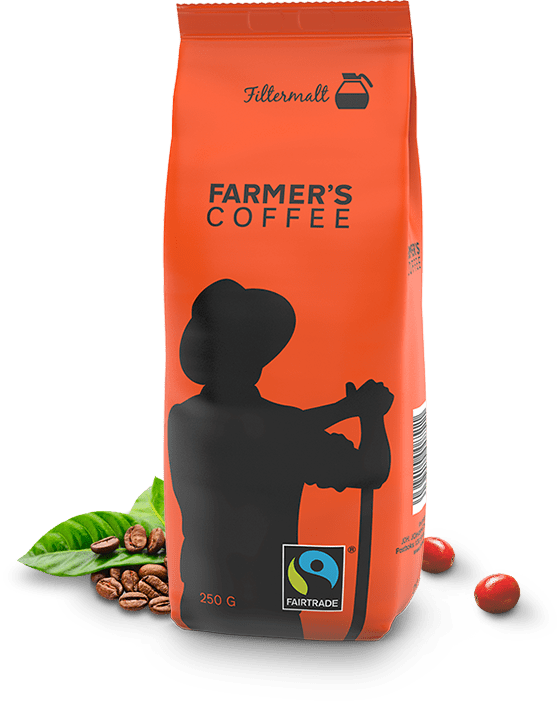
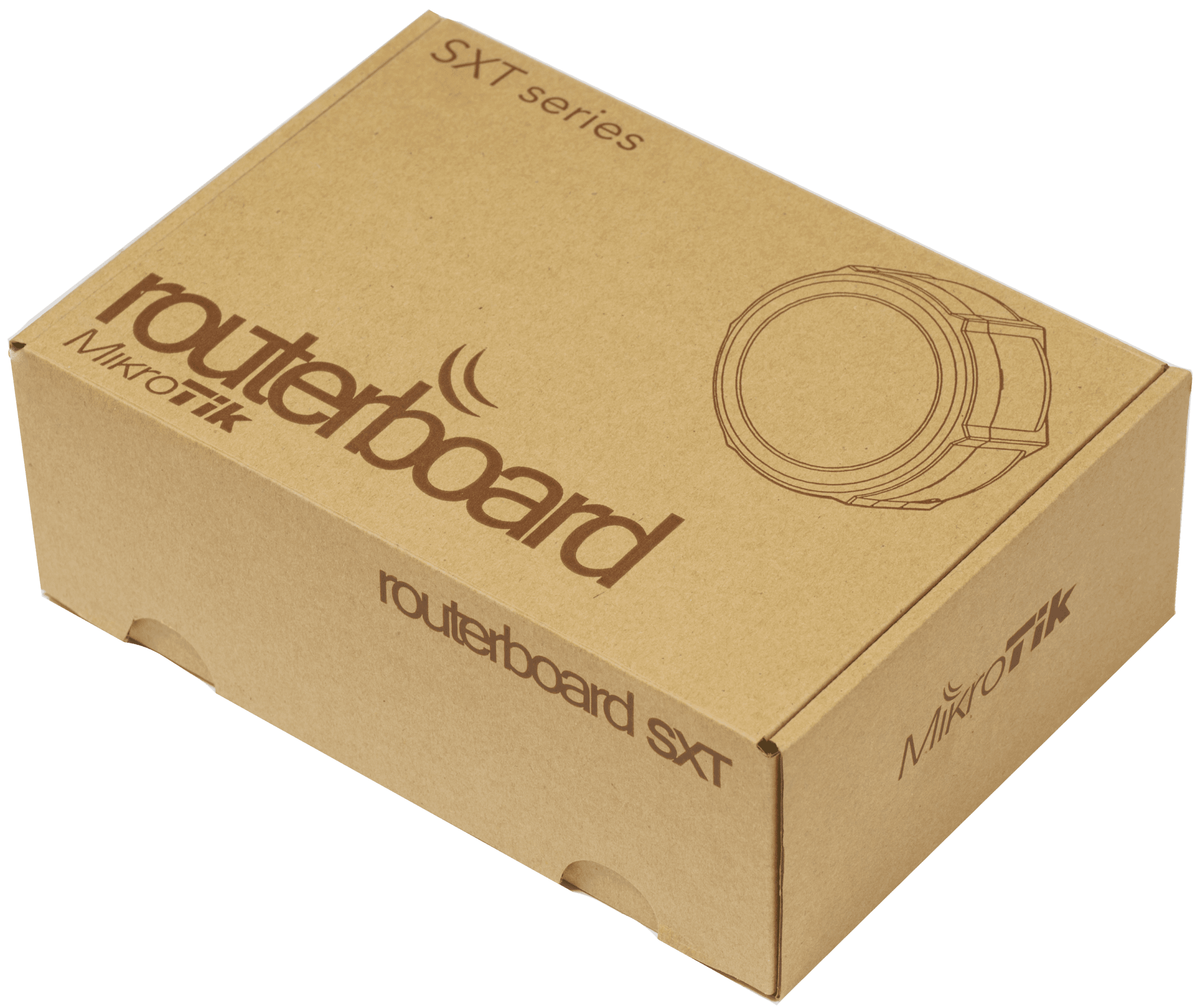
Blister Packs vs. Other Packaging Options: Comparative Analysis
Cost
While the exact cost will vary based on size and design, blister packs tend to be more affordable than bottles, jars, and boxes, making them a popular choice for businesses aiming to minimize packaging expenses. Pouches and bags, on the other hand, are often similarly priced to blister packs.
Environmental Impact
Plastic blister packs may not be as environmentally friendly as boxes, pouches, and bags that use biodegradable or recyclable materials. Glass bottles and jars, while recyclable, have a higher carbon footprint due to their weight and the energy required to produce them.
Product Protection
Blister packs provide excellent protection against external factors, rivalling that offered by bottles, jars, and boxes. Pouches and bags may provide less protection, depending on the material used.
Consumer Convenience
While blister packs offer product visibility and tamper evidence, they can be difficult to open. In comparison, bottles, jars, boxes, and especially resealable pouches and bags, provide easier access to the product.
Product Presentation
While blister packs excel in presenting the product visually, they lack the design versatility offered by boxes, pouches, and bags. Glass bottles and jars have a premium aesthetic appeal that blister packs may not match.
If you are interested in blister packs or other packaging options, then partner with Brown Packaging today to get started.
Corrugated board comes in multiple flute sizes and wall grades, each designed to balance strength, weight, and cost. Selecting the wrong grade can lead to
As tariff changes reshape global trade, packaging buyers moving production from China to the U.S. or nearshore regions face a new challenge: supplier qualification. Transitioning
With new tariff proposals and continued trade uncertainty, 2026 is shaping up to be another pivotal year for packaging sourcing strategy. Many companies that shifted
Following multiple rounds of tariff changes and trade policy adjustments, 2026 marks a turning point for U.S. packaging buyers. Many who previously transitioned from China
Shifting packaging production from China to the U.S. can help stabilize costs, reduce tariff exposure, and shorten lead times. But the transition process requires careful
RSC boxes are known for their efficiency and versatility, but their performance ultimately comes down to strength. Buyers often see numbers like ECT, BCT, and
Home » Blister Packs vs. Other Packaging Options: A Comparative Analysis
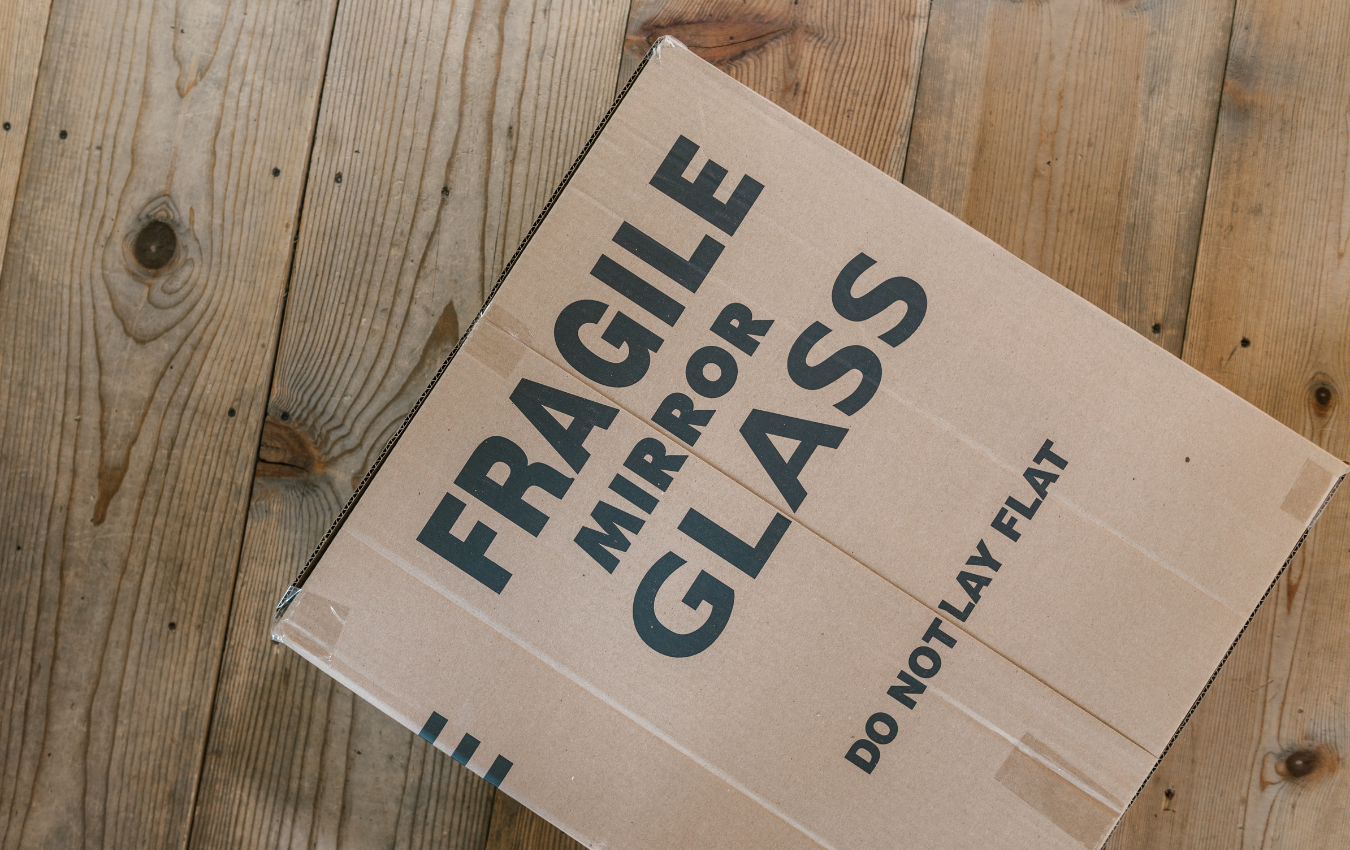
Shipping glass products can be challenging due to their fragile nature. Whether you’re shipping glass jars, bottles, or other delicate items, the packaging you choose

Effective packaging plays a crucial role in product presentation and protection across various industries. Among the many packaging options available, blister packaging stands out as
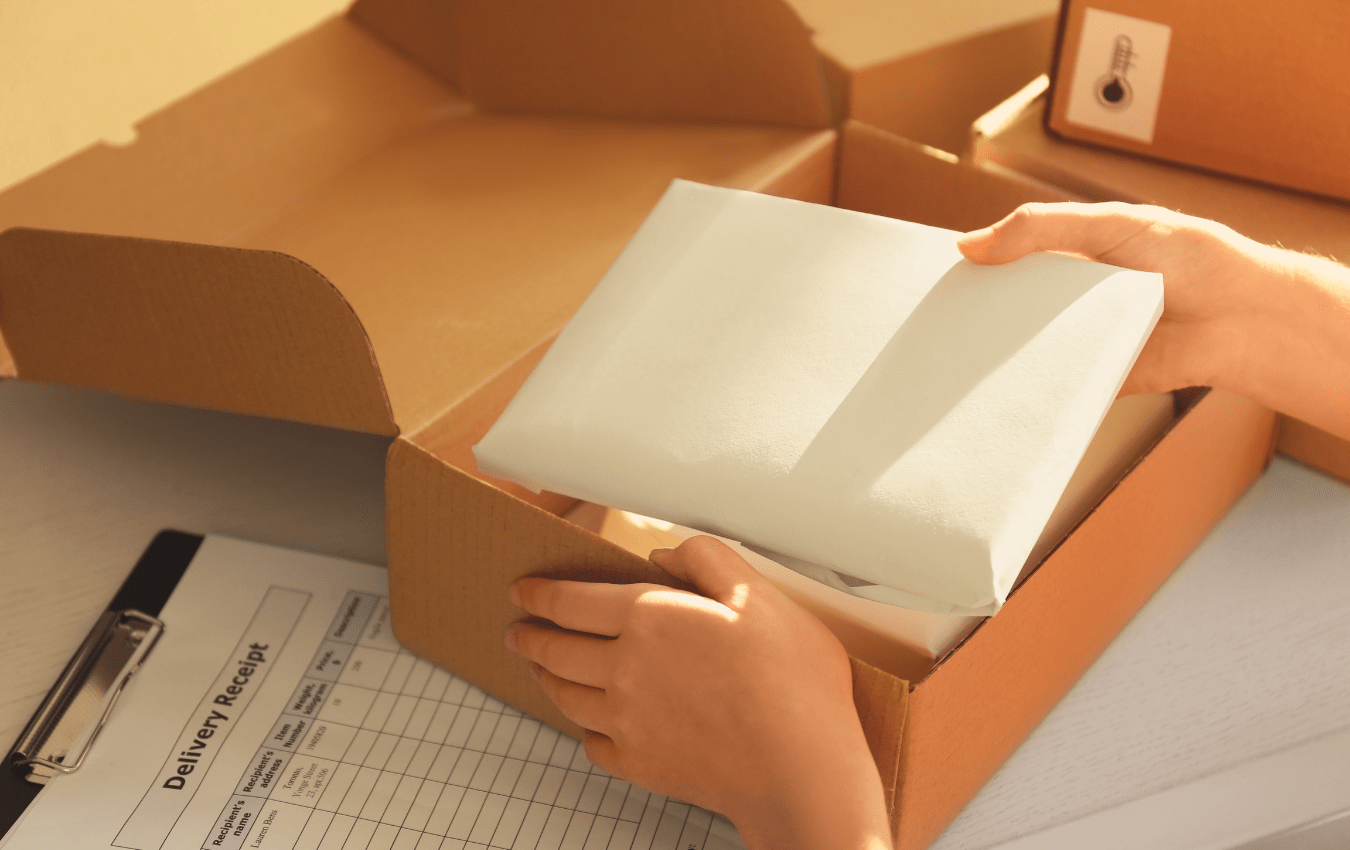
There’s a common saying in the marketing world: “It’s not what you sell that matters as much as how you sell it.” While the quality


